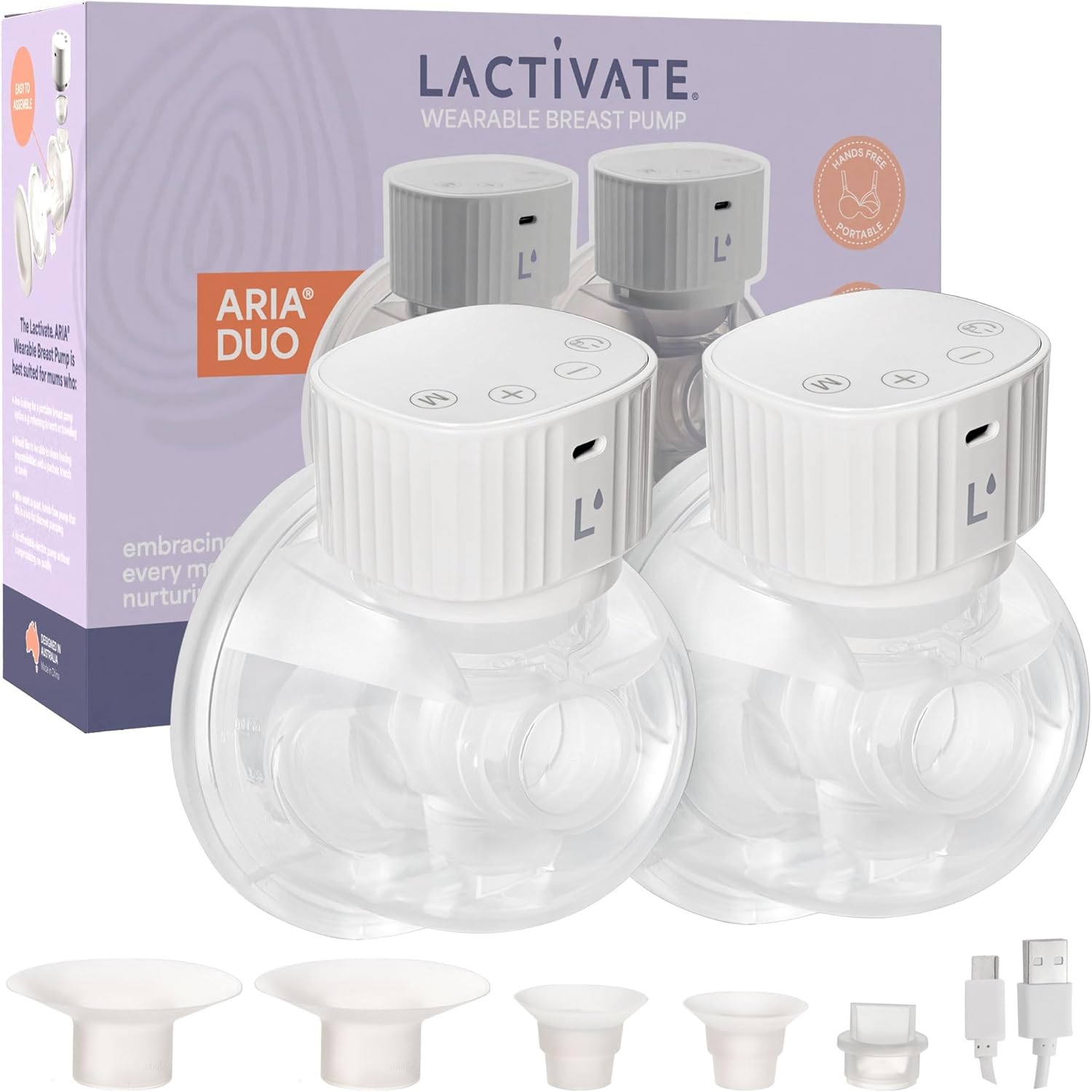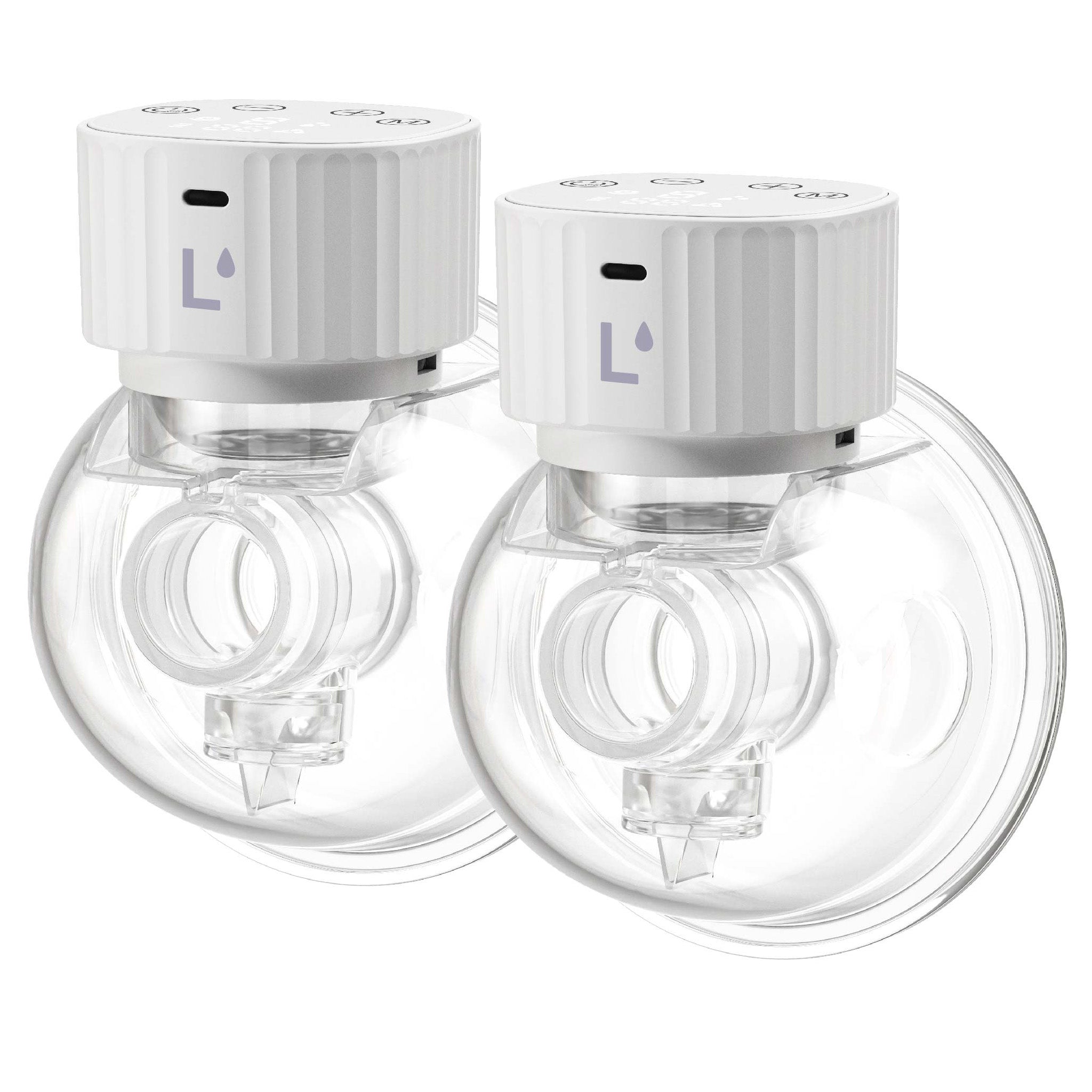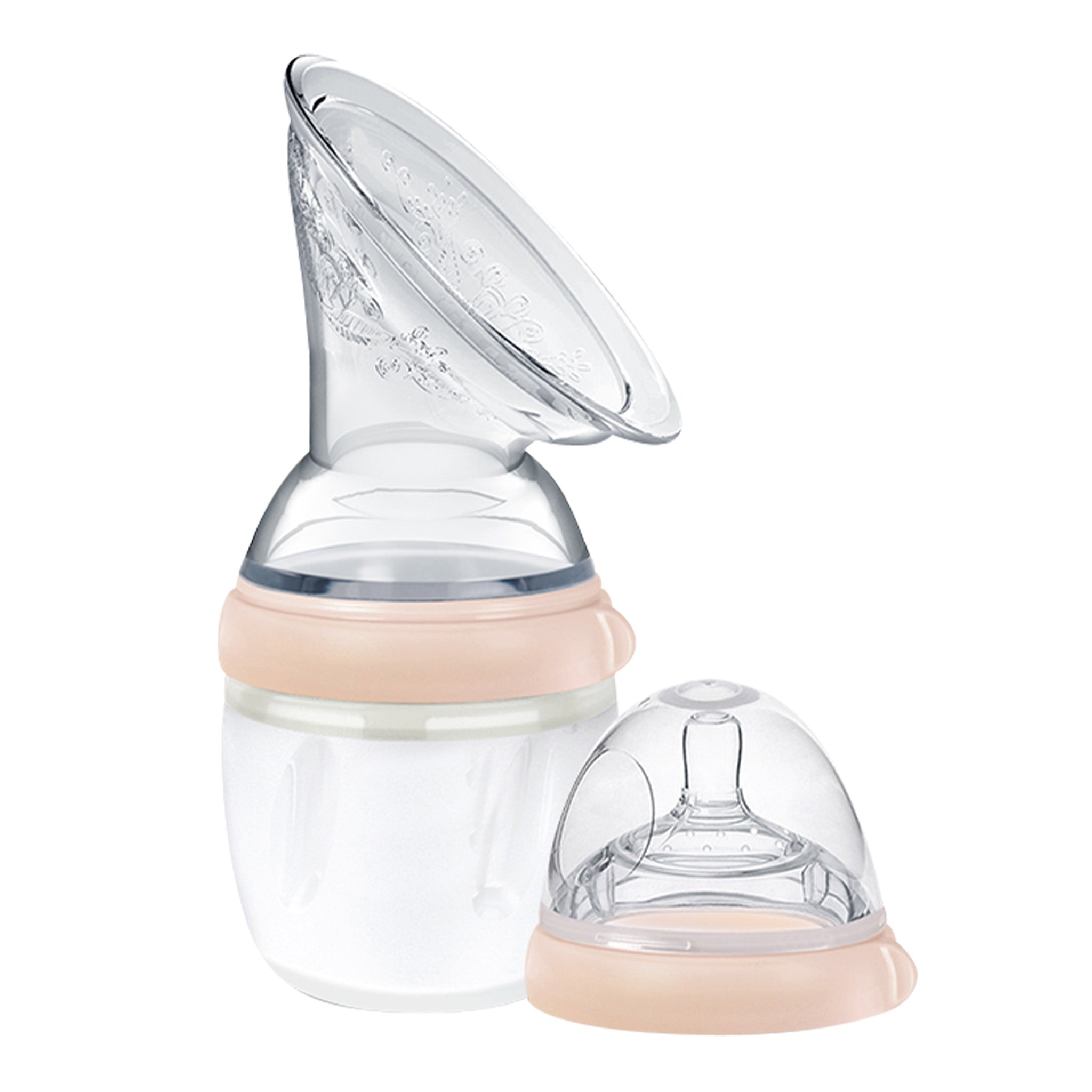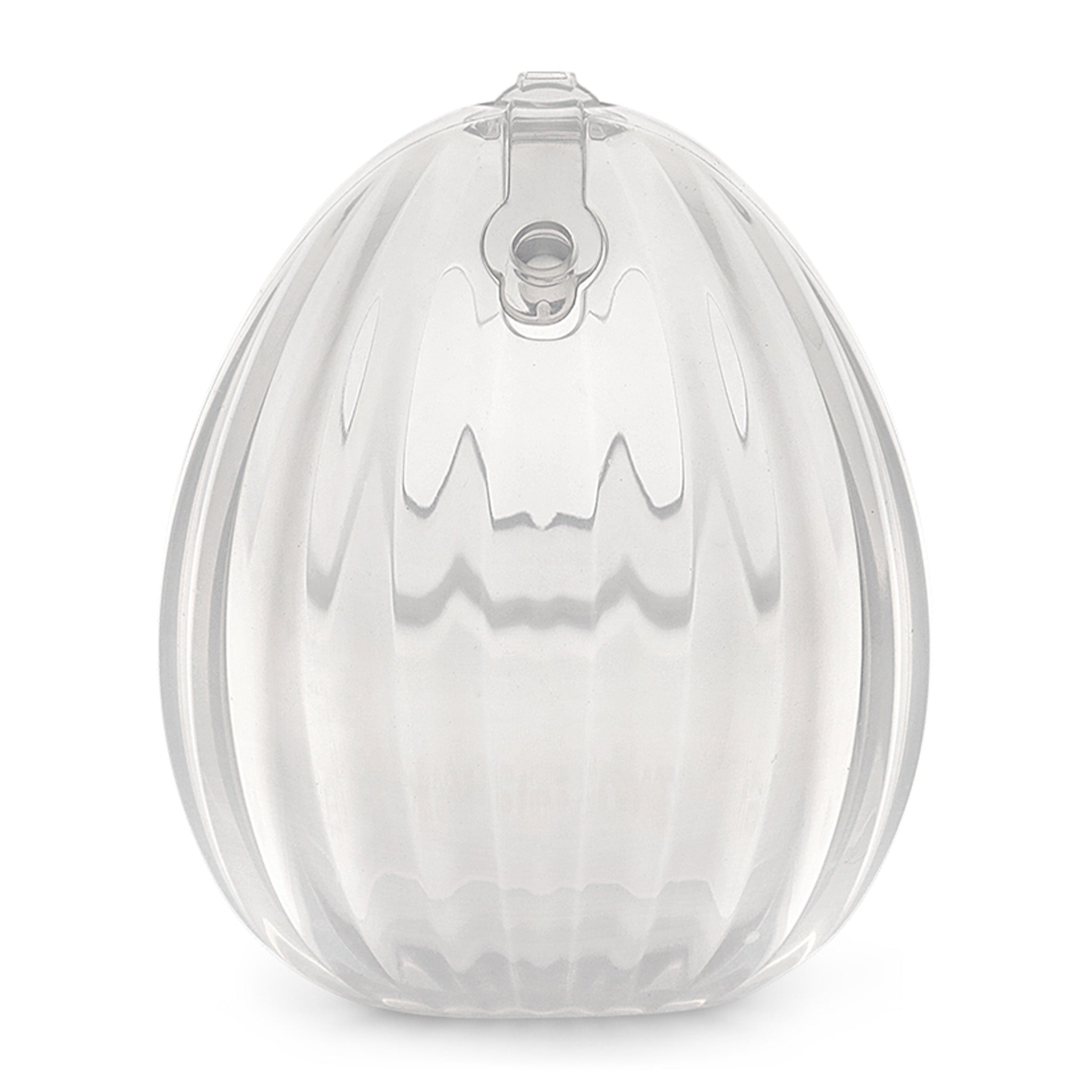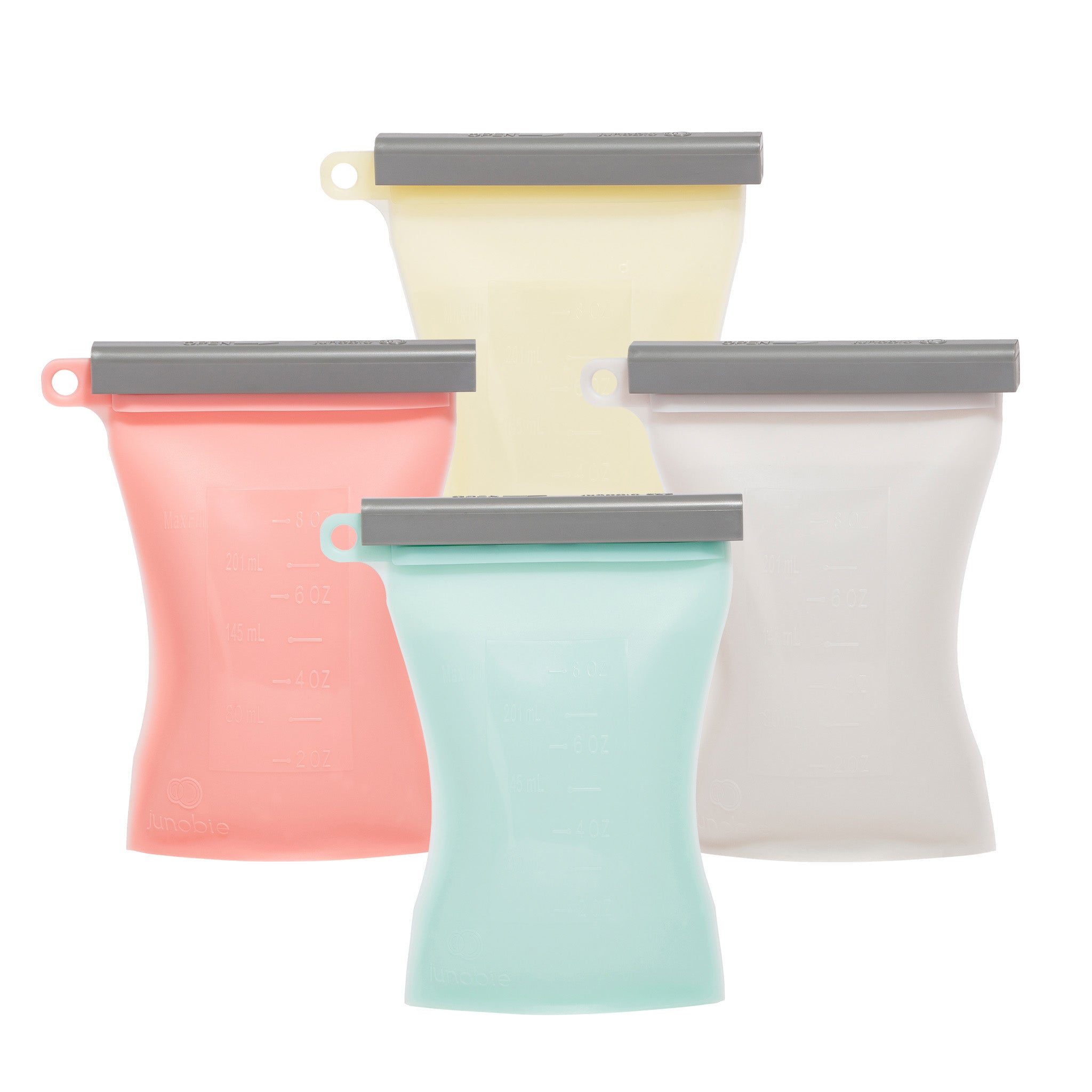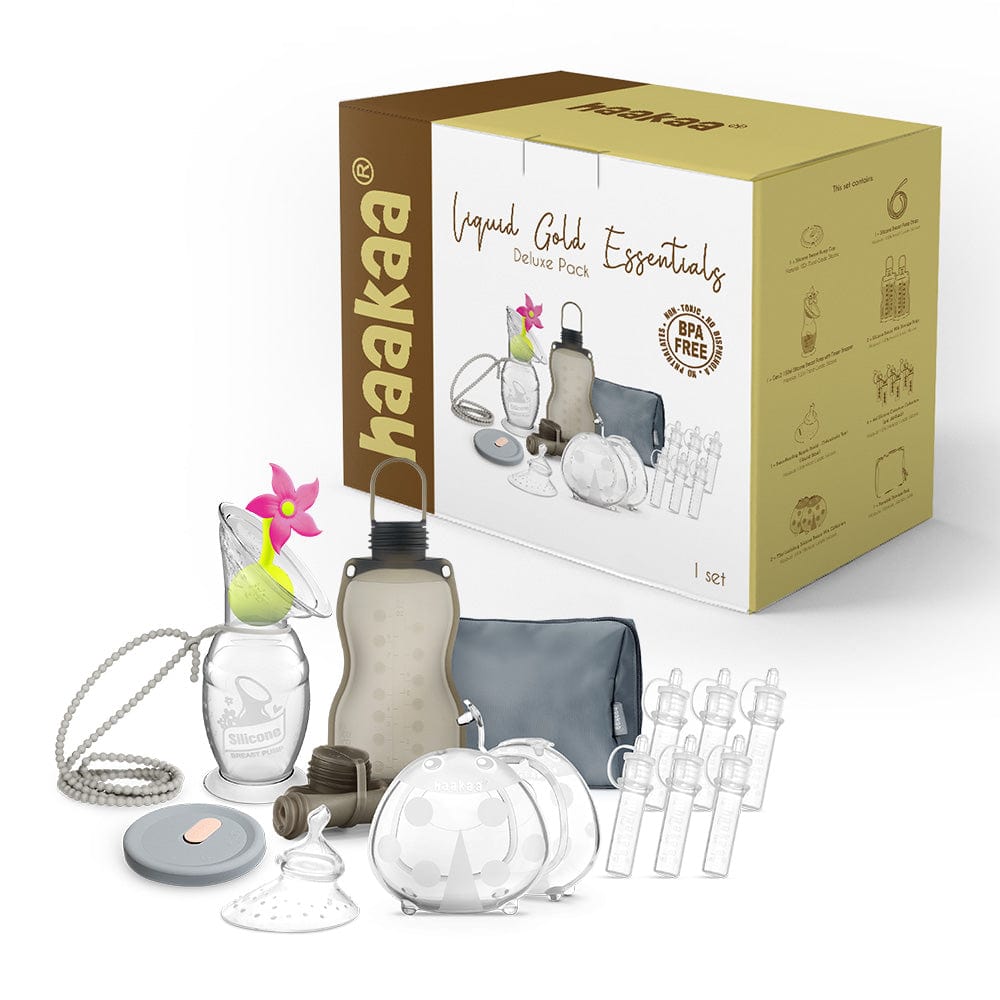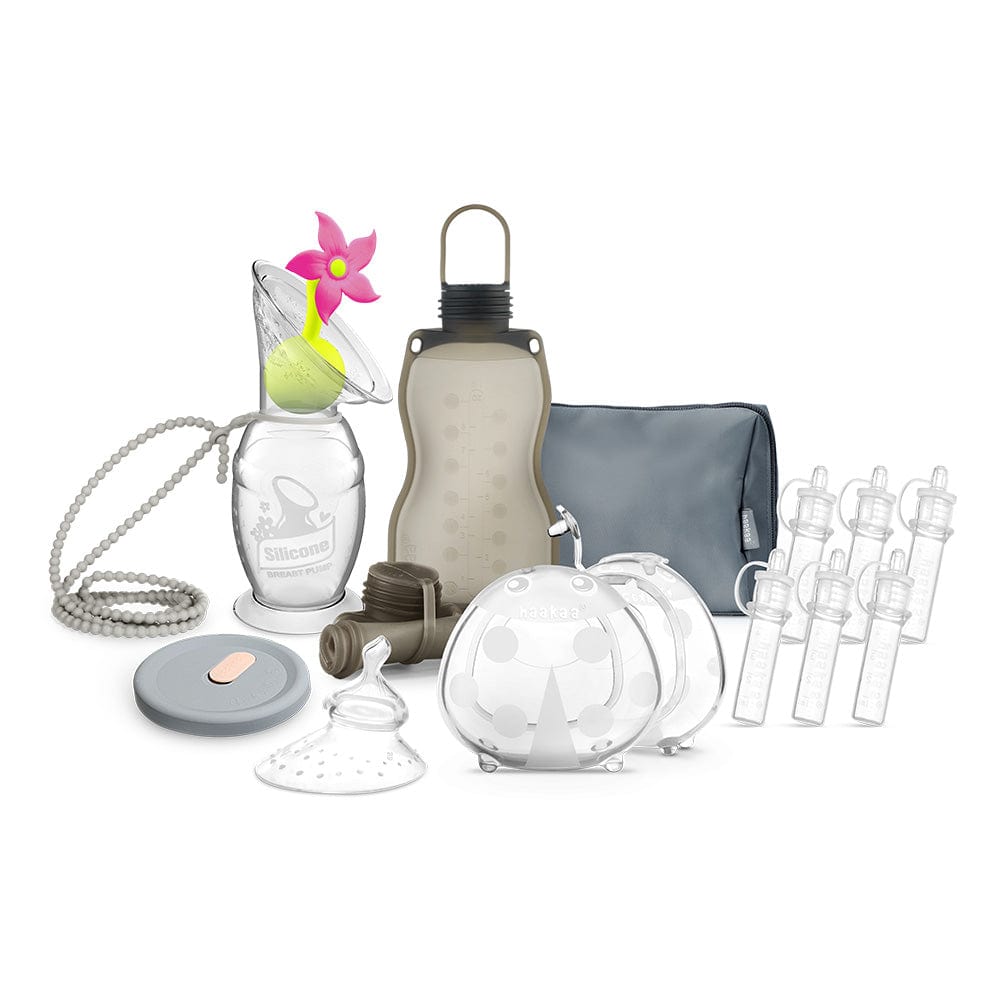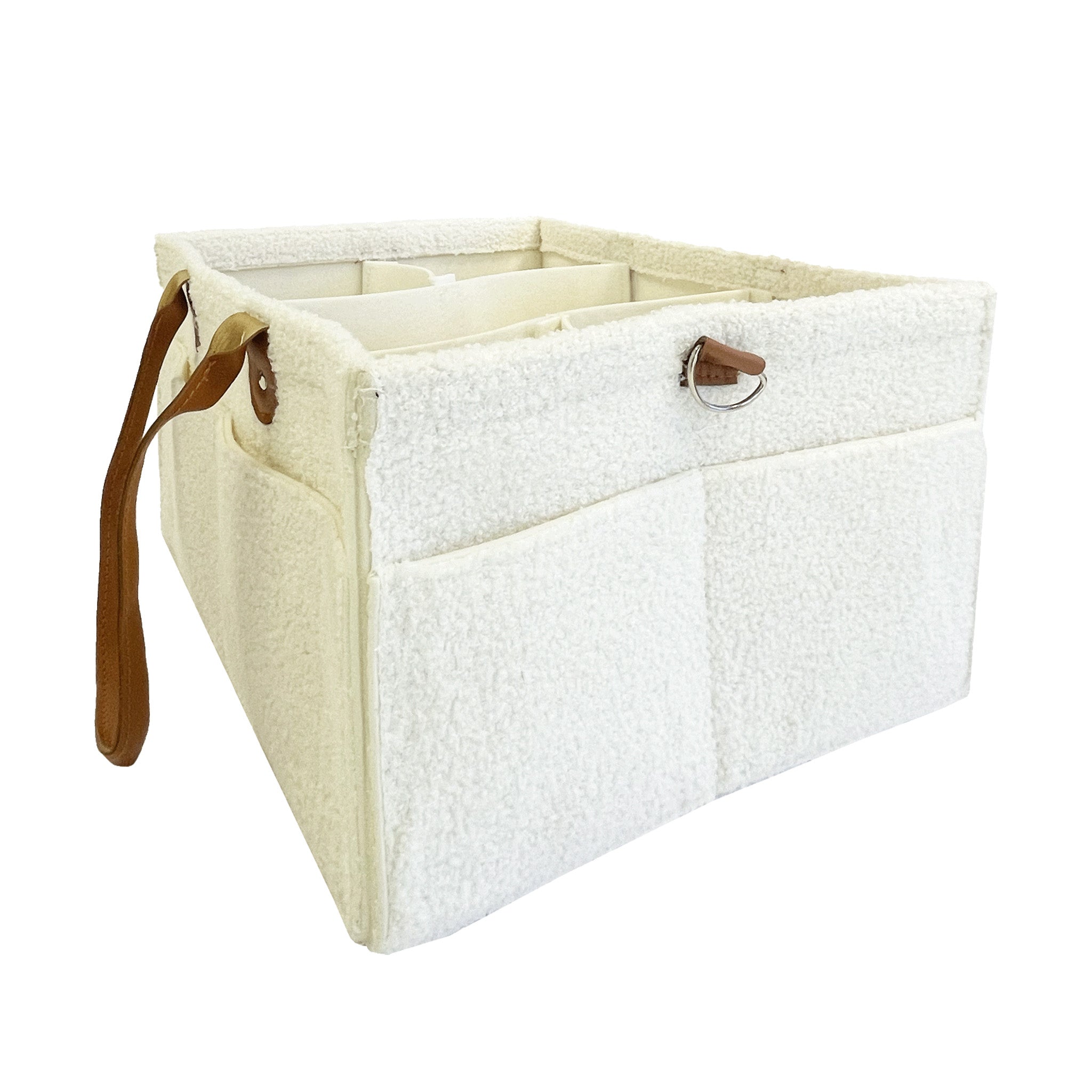Worried about your milk supply? You're not alone! Fears about milk supply, primarily not making enough of the good stuff, are one of the primary reasons that women stop breastfeeding.
While the majority of women are able to produce enough breast milk to feed their baby, a small percentage may struggle. Of those women, a smaller percentage still will have what is termed as 'true low milk supply' caused by medical conditions like insufficient glandular tissue (IGT), some metabolic conditions, retained placenta, postpartum haemorrhage, surgical inventions or from illness. These conditions may require medical intervention or the consideration of mixed feeding in consultation with your caregiver. The rest may suffer from temporary low supply due to factors that, with support and intervention, can usually be managed.
How do I know if I have low milk supply?
There are a lot of normal newborn behaviours that many new mamas mistake for low milk supply. A fussy, cluster feeding baby for example is completely normal and not an indication that there is anything wrong with your supply. The same goes for softening of the breasts and/or your baby feeding more quickly. These both happen after your milk supply regulates to the needs of your baby.
The below are NOT indicators of low supply:
The truest indicators of low milk supply/your baby getting enough milk are a decrease in their OUTPUT (poo and wee) and a prolonged period where they do not gain or end of losing weight. Remember, the majority of babies will lose weight in their first week(s) of life. Many will then start to gain but only slowly. This is completely normal. Each individual baby will have their own growth curve to follow and if they're otherwise happy and healthy, is nothing to worry about. A baby who struggles to maintain their weight and has a low output may indicate an issue with supply that should be addressed with your health care provider.
What causes temporary low milk supply?
There are a number of causes of temporary low milk supply. The Royal Women's Hospital lists the following as possible causes of low supply:
- Your baby is not attaching well at the breast. This may also cause nipple pain and damage.
- Your baby does not feed often enough (this often occurs when a baby is put on a feeding routine or schedule as opposed to being fed on demand)
- Your baby does not feed effectively and drain the breast.
- You have started using formula milk as well as breastfeeding.
- You are taking oral contraceptive pills containing oestrogen.
- You smoke cigarettes.
- You lost a significant amount of blood at birth or had complications during/after delivery.
- Some medications, including over-the-counter and herbal preparations such as cold/flu tablets, may reduce your milk supply.
The good news is that the majority of the above can be rectified and your supply can return to normal.
How to increase your milk supply
The first and most important step is working out WHY your supply may have dipped in the first place. If you know you suffered severe blood loss after birth and/or complications, it is a good idea to speak with your caregiver about your concerns.
If you can rule out medical issues and the more obvious concerns (smoking, medication), you will need to look at the way your baby is feeding, primarily their attachment at the breast, how often they're feeding and whether they seem to be draining your breast at most feeds. Things like tongue ties, incorrect use of nipple shields, a small mouth and/or recessed chin can sometimes make latching difficult and without a good latch, baby will not be able to feed effectively.
A qualified Lactation Consultant or breastfeeding consultant can help you with identifying what is happening and support you in rectifying the problem.
It is important to remember that milk production works on demand and supply; the more milk is removed from your breasts, the more milk your body will make. If your baby is not regularly and effectively removing milk, there won't be any need for your body to make more. Once you have gotten to the bottom of why your supply has dipped, you can start building it back up again.
Here are some suggestions to try:
- Breastfeed FREQUENTLY - Remember, the more milk you remove, the more your body will make. You CANNOT overfeed a breastfed baby so when in doubt, whip it out! Feeding every 1.5-2 hours while building your supply can be very helpful.
- Get a Wearable Breast Pump - Using a wearable breast pump can absolutely help you with boosting supply as it works the same way breastfeeding would. Milk production is based on deman and supply, so the more you pump, the more milk you'll produce. What a wearable breast pump offers you is a strong breast pump without the hassle of cords, so if you're on-the-go, you don't have to compromise your comfort or routine at all!
- Offer both sides - Your baby may only take one side per feed but you can always offer the second. This tells your body to pump up the volume to fill up both sides for next time. You can also try 'switch nursing' where you offer each side a couple of times per feed. You will need to watch bub and when they stop actively sucking/drawing out milk, swap them to the other side.
- Take a boobie holiday to your bed - This isn't always possible BUT if you can, taking to your bed for skin to skin and unrestricted access to your breasts for bub is one of the very best ways to support your supply. Add in some milk boosting foods (and maybe some Netflix) and you're sorted.
To Shop Wearable Breast Pumps, Click Here
- Try galactagogues - Galactagogues are foods, herbs or medications that can help to increase breastmilk supply. Galactagogues work by increasing the level of prolactin in the body. Prolactin is one of the many hormones involved in breastmilk production. Most lactation supplements contain Galactagogoue such as Brewers Yeast, Oats or Fenugreek. There are many different galactagogues, used in a variety of teas, cookies, shakes and muesli that may help increase your supply.
- Consider pumping - Adding pumping sessions between or after breastfeeding can be a very effective way of boosting your supply. Kelly Mom recommends trying the following: 'Your aim in pumping is to remove more milk from the breasts and/or to increase frequency of breast emptying. When pumping to increase milk supply, to ensure that the pump removes an optimum amount of milk from the breast, keep pumping for 2-5 minutes after the last drops of milk. However, adding even a short pumping session (increasing frequency but perhaps not removing milk thoroughly) is helpful.'
- Avoid bottles - If your baby is mix feed or having regular bottles then this may need to be a work in progress but if you can avoid bottles, it can help build up your supply. Often, when mums give a bottle, they skip that feed altogether which signals to the body that milk doesn't need to be made. If you ARE giving a bottle, make sure you pump around the same time. And if your baby does need to be supplemented, consider using a Supplemental Nursing System or SNS which ensures that they receive the nutrition that they need while still helping your milk supply to return to normal.
- Use breast compressions - Breast compressions are a handy way to maximise your milk output by gently putting pressure on your milk ducts. When your baby has stopped actively sucking/feeding, use your spare hand to cup the breast between thumb and fingers in a 'C' shape and gently squeeze. Just make sure you're far enough back behind the nipple and areola (but not too far back as you want to massage the ducts).
If you're struggling to manage low supply, please seek the support for a qualified Lactation Consultant or Breastfeeding Counsellor.




